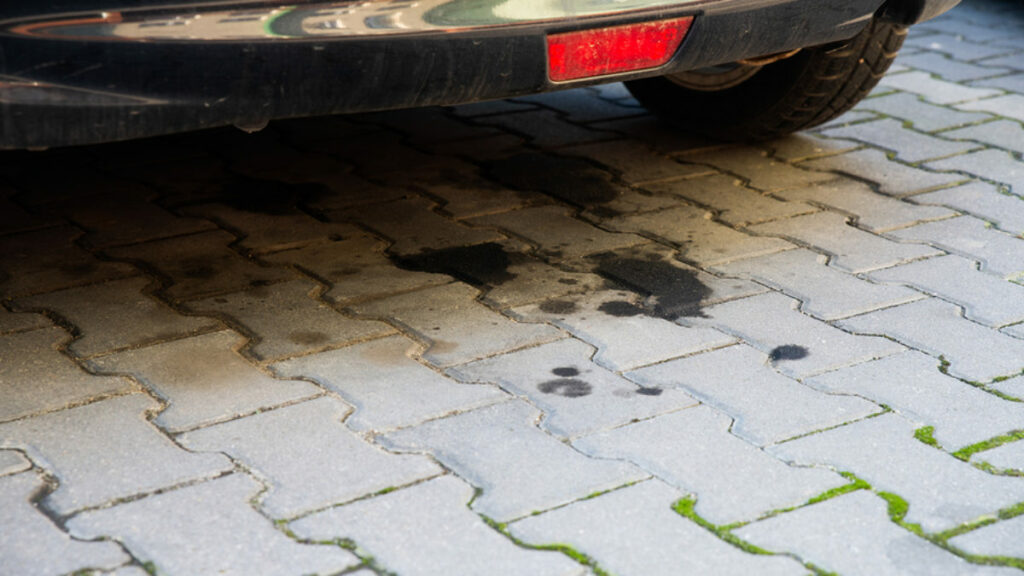Most motorists are aware of engine oil leaks. If it isn’t the oil spots on your parking garage floor, it’ll be all those spots in parking bays at the shopping centre. When you first notice a leak, you may wonder if you should continue to drive your car. Read on and find out more tips about how to approach fluid leaks, please consult your car’s user manual for the correct vehicle-specific guidance as well.1
Don’t ignore any fluid leak1
Any leak produced by your car indicates that something is not correct. You should respond to this, as it may get worse with time.
Identify what type of fluid is leaking and why1
We tend to associate oil leaks with old cars, but cars with low mileage may leak slight amounts of oil. If you see a few minor oil spots on your garage floor, it doesn’t mean it is serious. First, determine what type of fluid it is.
Which fluids could be leaking? 1
Several fluids could leak, such as transmission oil, differential oil, engine oil, brake fluid, power steering fluid, coolant, and so the list goes on. Many motorists wouldn’t know what type of fluid is causing the leak. Use a white cloth and wipe up the fluid on the floor to see its colour or consistency. Then compare this with other fluid samples you can take from the car, such as engine oil. Engine oil starts off yellow but becomes darker with time.
Where is the fluid leak situated under the parked car? 1
You can approximately locate the source of the leak. Is the leak directly under the engine bay or gearbox? If it is right in the very front of the car, it could be coolant leaking from the radiator.
Is the fluid leak fresh or old? 1
To ensure you are dealing with a current leak and what type, place some strips of paper towel under the suspect area of the car and check the following day for any new drops of fluid.
How much fluid is the car losing? 1
This question is crucial. Place a white paper towel under the suspect area, check an hour later, and then a few hours later. It will give you some idea of the leak rate, which will tell you how serious it is. Then, turn the engine on and see any difference in the leak rate.
Other ways to assess the status of the fluid leak1
Checking levels such as using the oil level dipstick or the level in the coolant bottle should give you a vital clue as to what is going on. Monitoring these levels over the next few days will confirm whether the leak is either low or fast. Some modern cars have indicators on their dashboard display showing low engine oil.
To be safe, have any fluid leak checked out by a professional immediately to avoid any damage to your car. But what if your vehicle is involved in an accident? Are you covered for paying for the damage to your car and someone else’s car? Contact PMD if you are unsure or looking for affordable car insurance, including convenient benefits such as fixed premiums* and a reduce to zero excess*. T’s and C’s apply.
Source:
1https://barsleaks.com/engine/safe-drive-engine-oil-leak/
This article was prepared by Eric Sandmann in his personal capacity. The views and opinions expressed in this article are the author’s own. The views and opinions in the article should not be attributed to anyone but the author unless expressly stated. Nothing in this article should be relied upon as advice, this publication is presented for informational purposes only. No person should act or refrain from acting in reliance on any information found in this article, without first obtaining proper financial advice from the appropriate professional. The author makes no claims, promises or guarantees about the accuracy, or completeness, of any information linked from, referred to, or contained in this article. The author reserves the right, to edit and change the content of this article.
